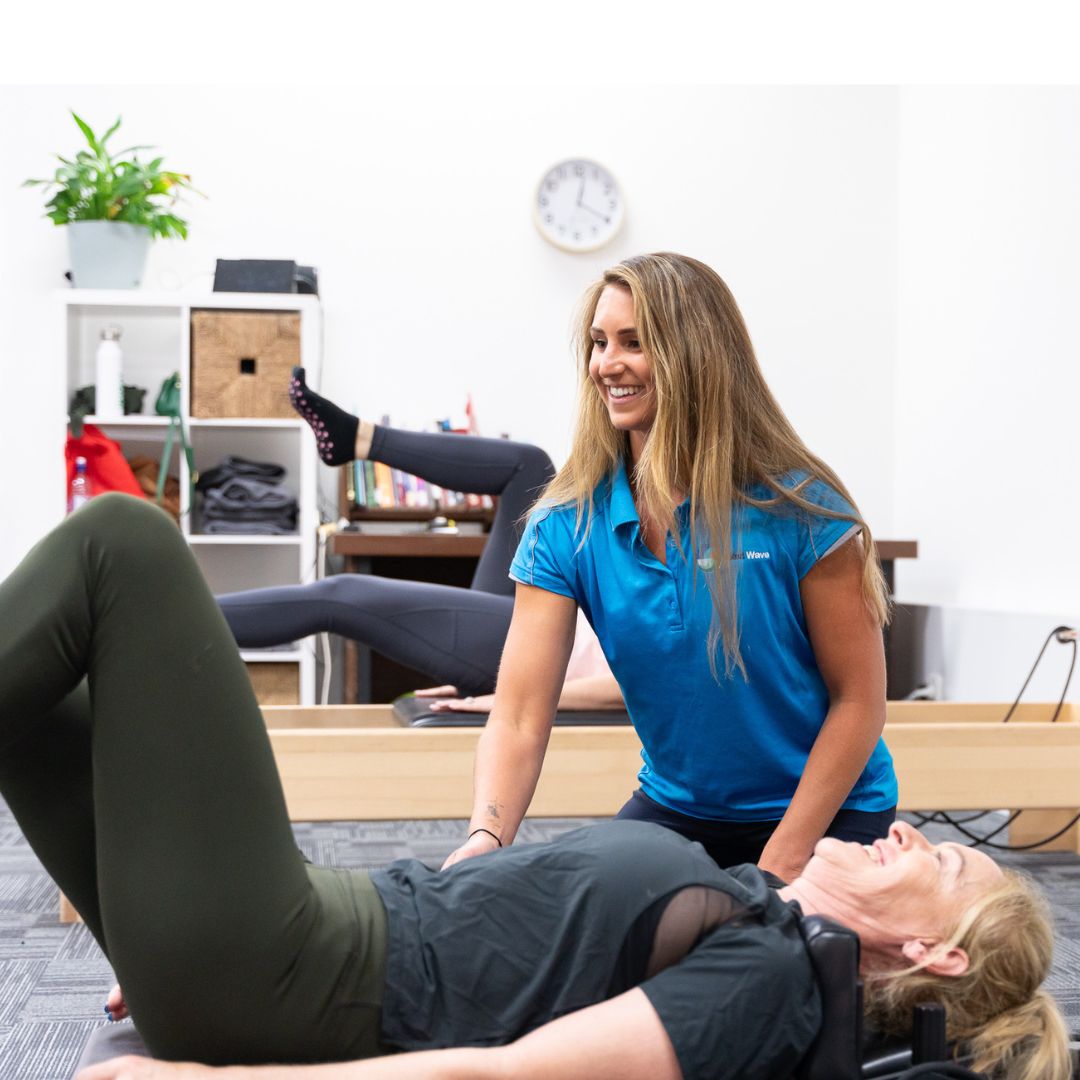A Frozen shoulder occurs when the capsule that encloses the shoulders ball and socket joint becomes inflamed, this leads to pain and scar tissue formation which over time causes a reduction in movement.
Most cases of frozen shoulder will almost fully recover over an 18 to 24 month period but occasionally it can take longer.
Frozen shoulder is a fairly common condition despite this the exact cause for the inflammatory response is not fully understood.
Prevalence and Risk Factors
- Frozen shoulder affects 3-5% of the general population, but this figure rises to 20% for individuals with diabetes
- It typically occurs in people aged 35 to 65, with women accounting for 70% of cases
- If you’ve had frozen shoulder before, there’s a 5-34% chance of recurrence in the other shoulder
- While it often develops without an apparent cause, it can also occur after a shoulder injury or immobilisation following surgery
Symptoms and Stages
Stage 1: Freezing (Painful) Stage
The initial symptom is pain or aching in the shoulder or upper arm, worsened by movement and often more intense at night and in the morning.
This severe pain can last for several months.
Corticosteroid injections can help manage pain during this early phase. While aggressive stretching is not recommended, your physiotherapist can offer valuable advice and education on managing your condition.
Stage 2: Frozen (Stiffness) Stage
As the pain gradually subsides, stiffness sets in, severely limiting shoulder movement.
This stage can last up to 12 months.
Regular physiotherapist check-ups will help identify when you’ve entered this phase, at which point gentle stretching and mobilisation exercises can begin to restore movement.
Stage 3: Thawing (Loosening) Stage
In this final stage, pain is almost completely gone, and stiffness starts to decrease.
This phase typically takes 12 to 36 months, but individuals with pre-existing medical conditions may experience a longer duration.
Physiotherapy plays an important role in restoring the shoulder’s full range of motion during this stage.
How Can Physiotherapy Help?
During the early painful stage, aggressive stretching can worsen symptoms. However, your physiotherapist can collaborate with other healthcare professionals to manage your pain effectively.
Once pain subsides, they can guide you through a gradual program of stretching, mobilisation, and strengthening exercises to improve your shoulder’s range of motion.
When Surgery May Be Necessary
If your range of motion hasn’t improved with an appropriate time frame, surgery in combination with physiotherapy may be needed. The surgical procedure is called an arthroscopic capsular release.
This involves a keyhole incision where the thick and tight capsule is released. Post-surgery physiotherapy management is very important to regain the movement of the shoulder and prevent post-surgical stiffness.
Your physiotherapist can assist in improving your ability to do daily tasks and plan a return to work.
Written by Liam White / Physiotherapist (DPT) Sports Science, Exercise & Health (B.SC)






